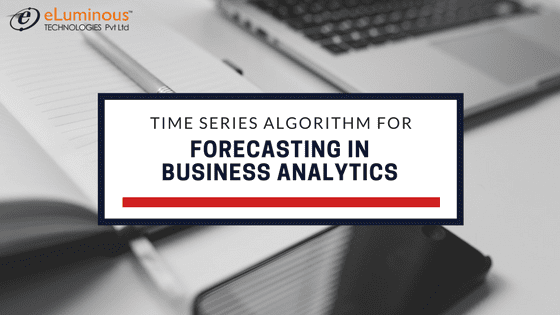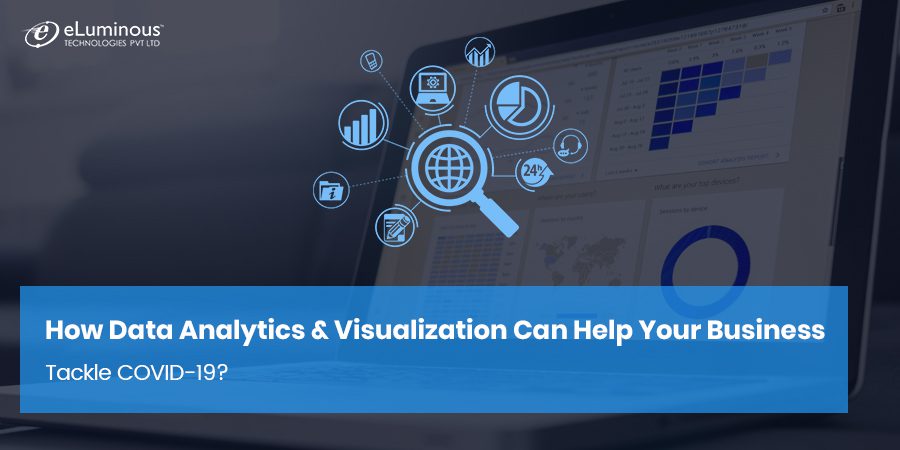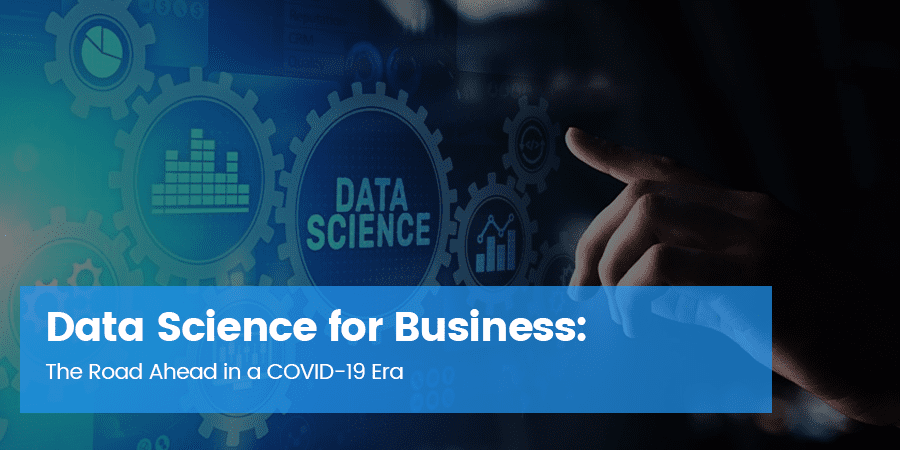As Time is the most important factor which ensures the success of any business & business intelligence tools is used to get the consolidated reports for easy decision making. It’s very difficult to keep up with the pace of time. But, technology has developed some powerful algorithms using which we can see things ahead of time. Don’t worry, I am not talking about any Time Machine. Let’s be realistic here!
I am seeking your attention to the algorithms of prediction & forecasting. One such method, which deals with time-based data is Time Series Algorithm. As the name suggests, it involves working on time (minutes, hours, days, years) based data, to derive hidden insights to make informed decision making.
Time-series forecasting is a quantitative forecasting technique. It measures data gathered over time to identify trends. The data may be taken over any interval hourly, daily, monthly, yearly or longer. The components of time series are a trend, cyclical, seasonal and irregular.
The trend component refers to the gradual data shifting over time. It is often shown as an upward and downward sloping line to represent increasing or decreasing trends.Cyclical components lie above or below of the trend line and repeat for a year or longer period of time. The business cycle represents a cyclical component. Seasonal components are similar to cyclical of their repetitive nature, but they occur in one-year periods. And Irregular components happen randomly and cannot be predicted.
The Time Series Algorithm is generally used when historical data plays an important role in predictive forecasting. The process is shown in this diagram:
 Let me briefly explain these steps:
Let me briefly explain these steps:
Determine Trend:
The trend increases or decreases over a period of time. This can be caused due to upward or downward pattern. Some examples which cause this maybe population increase, technology adoption etc. The graph shown here is a time series without trend and time series with the trend:
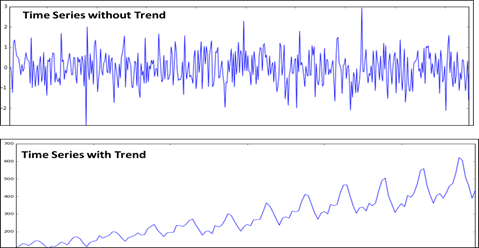
Determine Seasonality:
Seasonality is the fluctuation that occurs over certain periods of time in each year or long period of time.
Here is a graph of time series which shows time series without seasonality and without Seasonality. As you can see that in time series with seasonality, there is an increase in value observed in 7th and 8th months.
Box plots are very useful to visualize seasonality.
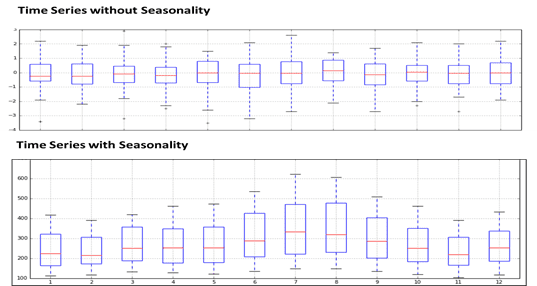
Determine Auto-correlation:
Auto-correlation is nothing but how a point in time-series impacts future values in the time-series algorithm. This can be determined using a Partial Auto-correlation(PACF) plot:

Time-Series Modeling:
Time-series modeling tries to fit a model to old values so that it can be used to forecast values. One of the most commonly used algorithms for time series modeling is ARIMA.
This algorithm first converts the data into information, we call it as stationary time-series, by removing the trend and seasonality. Then it tries to fit a model on the accurate data. The analysis about trend, seasonality, and auto-correlation is done earlier in the process serve as input parameters for ARIMA.
Forecasting:
Once the model is ready, it can be used for forecasting the values.
Large-Scale Price Modeling and forecasting with Aster
- Many business situations require price-forecasting to be scalable. A retailer may have thousands or millions of products for which sales forecasting is required.
- A telecom company would typically have thousands of voice and roaming routes for forecasting price for a voice call.
- Product or product group has its own time-series model, so it would be required to train various time-series models in parallel.
Aster, with its scalable algorithms, capable of making large-scale forecasting on various models in a continuous way.
Some of the Aster algorithms used:
A) Aster GLM to determine trend and seasonality
B) Aster-R or Aster Streaming for partial correlation
C) Aster ARIMA for time-series modeling
D) ARIMA Predictor for time-series forecasting
This is how forecasting and time-series modeling algorithm work. I hope this would help you while using various business intelligence tools & enhance productivity with intelligent, accurate prediction. If you still have any queries related to the same, you can contact me here.
